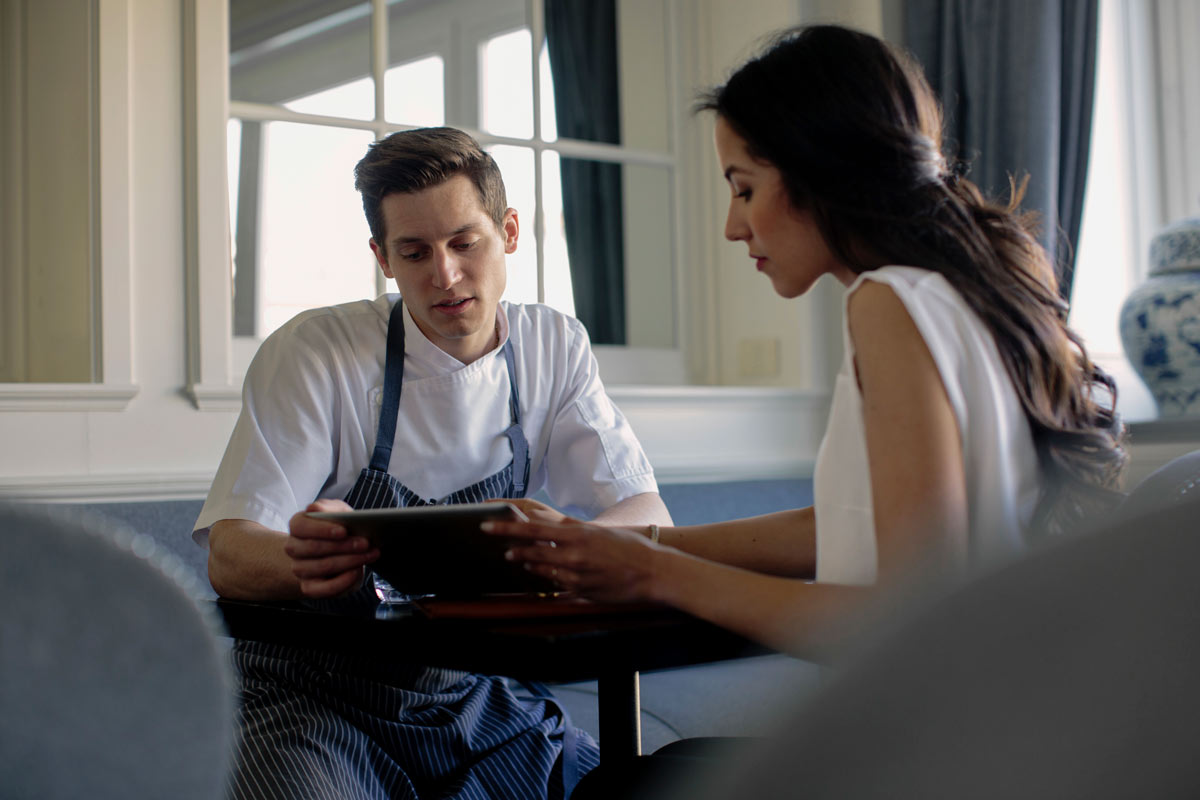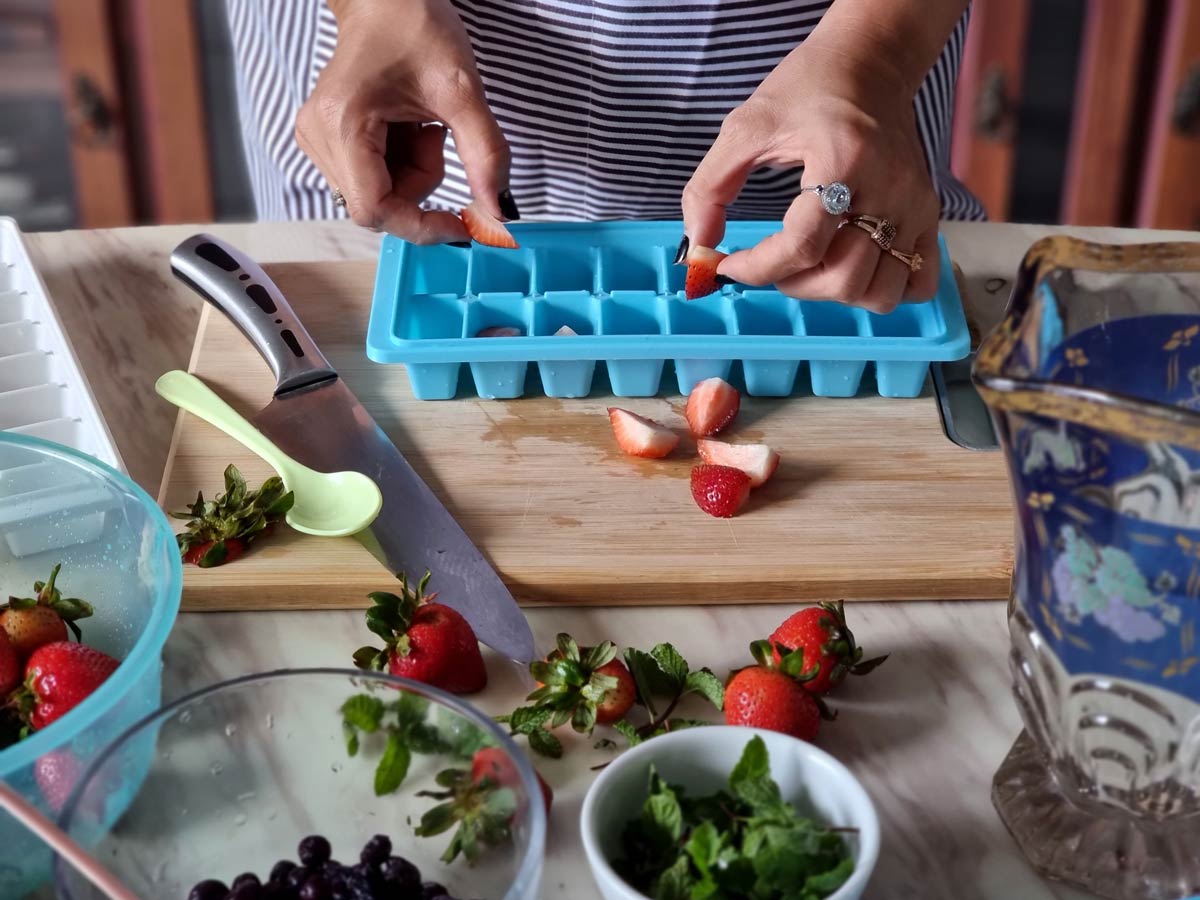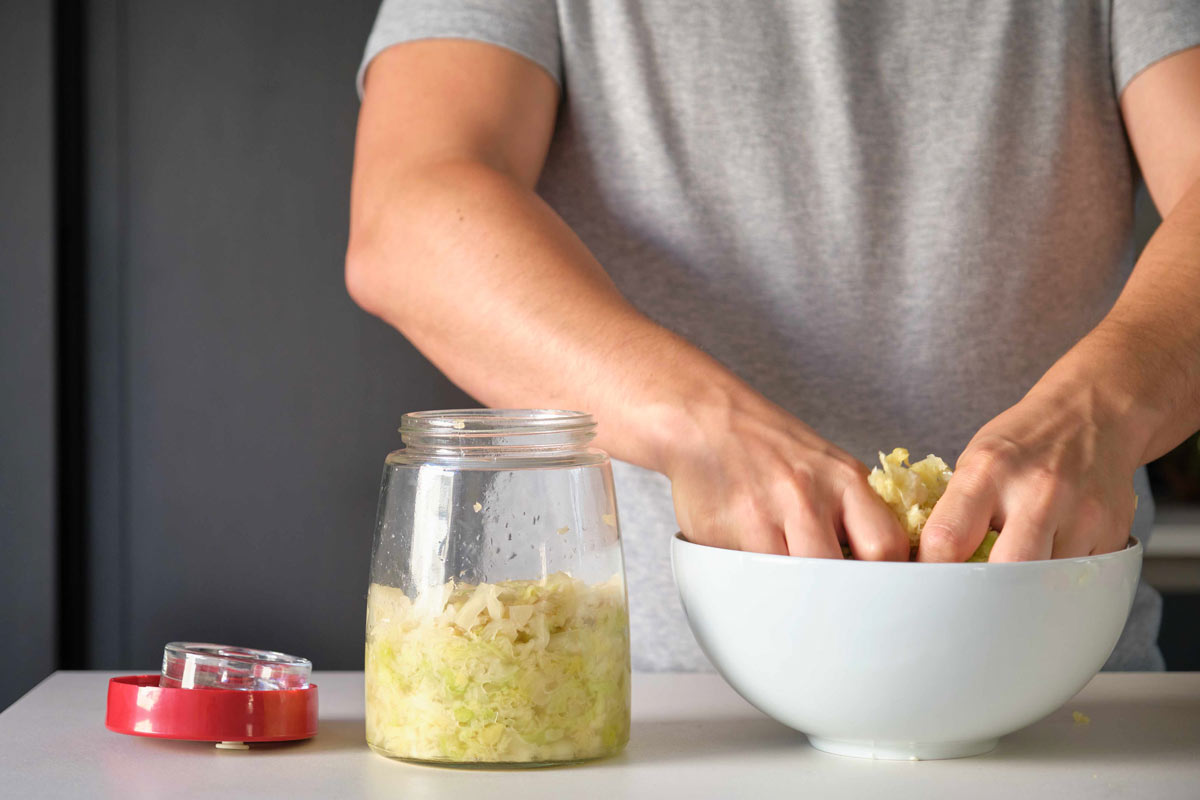Updated on: Nov 21, 2024
One of the most important parts of any event is the food! Whether you’re preparing several kinds of dishes for a baby shower, hiring a caterer, or making one dish for a potluck, food is a valuable part of any party. There’s only one problem: preserving it so that it’s perfect for the event. This is why we put together Event Food Preserving Tips.
However, if you preserve your food well, it will still retain its same flavor and deliciousness when your guests get a taste of it! Here are some of our tips that you can use when preserving food for an event.
Helpful Event Food Preserving Tips for On-Site Party Food
1. Discuss Details with Your Caterer(s)

If you’re planning on hiring a caterer to prepare and serve food for your event, make sure to discuss all of the necessary details that you need to cover. When choosing a menu, talk about when the food will be prepared, any necessary precautions that need to be taken when handling the food, what equipment may be needed on-site to keep the food preserved and ready to serve, etc.
2. Hot Food - At The Event
When preparing to serve food at your event, it depends on whether you need to bring your own equipment. For instance, if you’re going to a friend’s house for a potluck, they may already have a microwave, stove, or oven that you can use to reheat your food for everyone. However, if you don’t have that guarantee, preparing your own heating equipment either from your own home or bought elsewhere can help keep your food preserved at your event. You could use small candles to place underneath your serving containers or set small heaters around your food to keep it warm.
3. Hot Food - Preparing Beforehand

If you’re planning on transporting hot food to serve at an event, we recommend storing the food in containers that’ll help retain heat. Insulated containers made up of materials such as stainless steel can help make the preservation and transportation process easier since they protect your food from outside temperature intrusions and make your food easier to bring with you.
4. Cold Food - Preparing Beforehand
If you’re planning to bring cold food like ice cream to an event, coolers are your best bet! There are many on the market that vary in size, design, accessibility, and ease of transporting. Either way, using a cooler gives you the ability to preserve your cold food and keep it in good condition before an event. Also, storing your food in ice is a good idea because you have a guaranteed cold environment for your food to be in.
5. Cold Food - At The Event

When preserving cold food at an event, it’s important to keep it chilled at all times. Like mentioned earlier, keeping your food in coolers and serving it whenever needed will help keep it in pristine condition at your event. Even if you may have a fridge to place your food in at the event, it’s still good to have your cooler on hand just in case. Using ice or dry ice (which should be handled safely and with caution) can also help to keep your food in good condition at your event.
6. Accounting For Weather and Event Setting
Regardless of whether you’re planning on serving hot or cold food, it’s important to keep in mind where your event is going to be held. If your event is going to be at someone’s house, then you may have equipment on-site that you can use to either reheat, recool, and/or serve your food. If you’re going to be at a different venue where you may not have those resources on-site, make sure to account for all of the necessary equipment you may need to make sure your food is in good condition.
If you’re going to be serving food at an event outside, make sure to check the weather that day. The weather may affect how you’ll need to set up your food, what extra precautions you’ll need to take, and any other things you’ll need to do when preserving your food both before and during the event.
Helpful Event Food Preserving Tips
Many people love keeping food fresh during the event but how many people actually have plans and space to keep the leftovers after or do they just send the leftovers in different ways with the guests? This list will help you keep more food for your home so save some money on meals throughout the coming weeks.
1. Freezing

Freezing is usually seen as the easiest way to store foods but it can sometimes be tricky as well because freezing foods can take down the quality of your tasty event treats! The texture is a big thing to worry about when freezing as the food can form crystals which usually takes down the color and taste of different food.
Start with the cold items first as this will minimize the previously stated crystals due to the temperature already being lower, shortening the time needed to freeze. Starting with fruits and vegetables, you can spread everything out on a baking sheet and freeze. Doing this will allow you to separate everything and later store it in a container or mason jar so all of the items do not freeze together.
Herbs can be stored in the freezer easily as well. All of your leftover herbs can be chopped up and frozen together in an ice cube tray for an easy pop-out and ready to go for your next dish!
2. Drying
Drying is a super-easy way to keep foods preserved! Drying your food will allow you to remove the moisture taking away the threat of bacteria growth. Drying is made simple by having an item sit in the oven on low heat. Herbs can be dried even in the microwave or out to hang while you do activities around the house.
3. Canning

Canning allows for many different recipes to be stored for months, even years on your home shelves as long as safe methods are used as if done incorrectly the food can be inedible and be dangerous to consume later on. Special tools are needed but can easily be purchased from local hardware stores. Don't be afraid to experiment with canning and using this as a potential gift opportunity! The most important thing to remember is food safety and to be sure correct and healthy methods are used.
4. Infusing
Infusing is a great way to add flavor to a multitude of dishes such as salads, dressings, and cocktail juices for fruit salads. Vinegar can be infused with a large amount of foods to break down the fruits and veggies to bring out the smell and flavors into the vinegar to allow many different directions to take for flavor.
5. Donating
Storing fruits and veggies for future meals is a great idea but if there is a surplus in your home then you might be considering donating to the less fortunate. Food banks are a great place to donate extra food as it will help feed people that have trouble coming up with meals on a daily basis.
6. Fermenting

Fermenting is a process done by good bacteria. The process creates a wide variety of foods such as cheese, pickles, and even tasty chocolate. Fermenting foods works by using the sugars in various foods and turning them into a tartness but very flavorful which refuses to spoil at correct temperatures. No special equipment is needed!
Food Preserving Tips: Conclusion
Whether your event is a birthday party or a potluck and no matter what food you plan to prepare for it, we hope that these tips help you out in preserving food for your event!
Written by Jennifer Hoang and Annette Girion; Contributor: Cal Fiala
